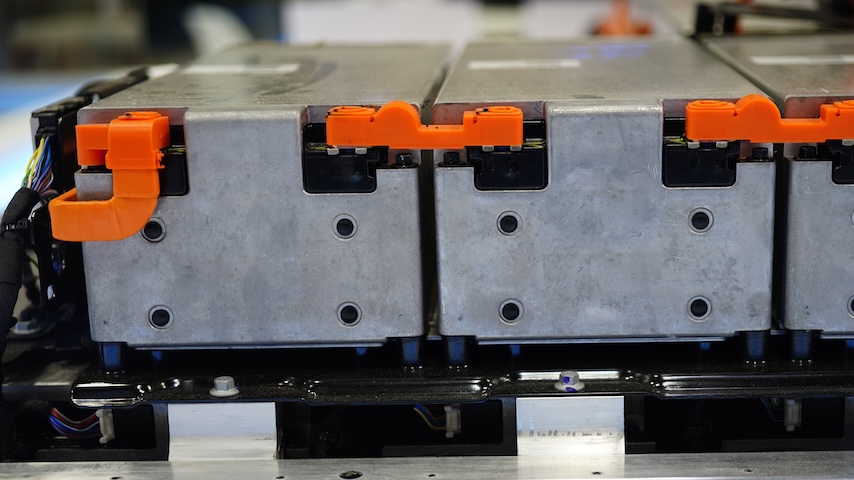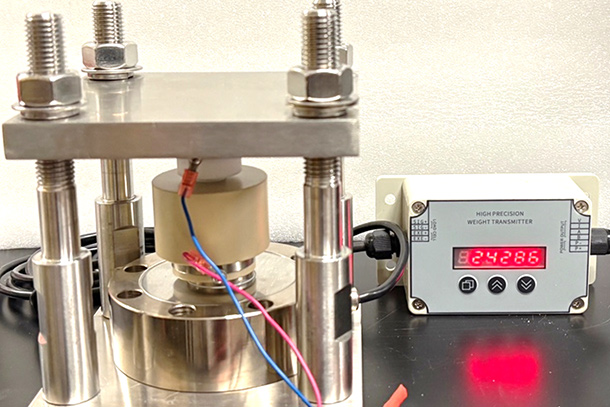Giving EVs a Solar Boost
Giving EVs a Solar Boost


Adding a rooftop solar rack could offer EVs some bonus range and unlock other powered possibilities.
Could an EV run simply on sunlight? Maybe not at the moment, but with a solution from DartSolar LLC, solar energy could help extend an EV’s range with a simple rooftop addition.
Los Angeles-based DartSolar has developed a 1,000-watt expanding solar roof rack that is currently available for $1,950 (without a power unit) and is hard at work on a 2,000-watt version that would be able to generate about 10 kilowatt-hours per day of electricity. While it may not seem like much, that would be enough to power an EV for about 40 miles. The larger version should hit the market by 2027.
“I purchased an electric vehicle and noticed that it sat in the sun much of the day without harnessing any energy,” explained DartSolar CEO Omid Sadeghpour. “I wondered why a solar ‘umbrella’ or canopy couldn’t charge the car wherever it was parked. I did some basic calculations and found that a 1,000-watt to 2,000-watt solar array would be needed.”
So, what first began as a small weekend project quickly evolved over the next three years into a full-fledged engineering endeavor for Sadeghpour. “We’ve received a huge amount of interest—especially on Reddit and YouTube—showing that many people share this vision,” he said. “That enthusiasm encouraged me to continue refining the design and start DartSolar to develop and produce these solar roof racks.”
Energy Blog: Solar Momentum Can’t Be Stopped, Experts Report
Daily commuters and light drivers stand to benefit the most from this solar rack, Sadeghpour said. The 1,000-watt version can add around 10-20 miles of charge per day—and for those folks who only drive about 20 to 30 miles a day, it could cover much of their daily mileage. It’s also simple to use and takes about 10 seconds to expand or collapse the panels, all with just two fingers.
Despite resting on top of the roof, DartSolar’s rack doubles as a traditional roof rack, supporting up to 50 pounds of additional cargo. Paired with a suitable power unit, it can also provide enough power from the EV’s battery for powering tools, camping gear, small fridges, hot water, or anything else off-grid.
However, designing and manufacturing custom telescopic tubes that can extend more than 60 inches while bearing wind and gravity loads was a complex effort.
“We conducted extensive testing to ensure they could handle loads of more than 100 pounds without failing,” Sadeghpour said. “We custom-extruded aluminum for the frame and work with manufacturers to create specialized solar panels. 3D printing at 100 percent infill is used for many parts, allowing rapid prototyping and in-house production.”
The design is also optimized for CNC machining and 3D printing. Since no expensive molds or specialized assembly lines are required, DartSolar was able to set up local fabrication in multiple regions.
Discover the Benefits of ASME Membership
“Installing solar on a vehicle is around $2 per watt, compared to roughly $3 per watt for residential rooftop systems,” Sadeghpour explained. “EVs already have a large battery, so no additional battery is needed for storage, improving cost-effectiveness. By automating as much as possible with CNC and 3D printing, we reduce labor costs and make it feasible to produce in developed economies.”
Global interest and regulatory expectations are upbeat and the company is hoping to collaborate with regulatory bodies and EV manufacturers to allow direct solar input of up to 5,000 watts into EVs, which would allow them to function as a robust, solar-powered energy source, especially in disaster scenarios, Sadeghpour added.
In the meantime, efforts are underway to expand the roof rack availability and manufacturing.
“We plan to provide step files and blueprints to customers, empowering them to repair or modify components if desired, ensuring a long lifecycle and encouraging further innovation,” he continued. “Our team of around three to four people—including a full-time mechanical engineer—continues to refine the product, push the boundaries of what’s possible with 3D printing and CNC manufacturing, and engage with the community for feedback and improvements.”
Jim Romeo is a technology writer in Chesapeake, Va.





